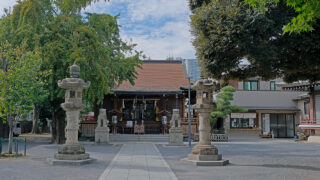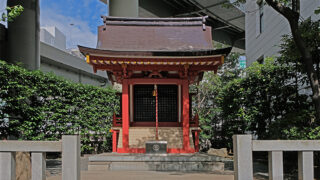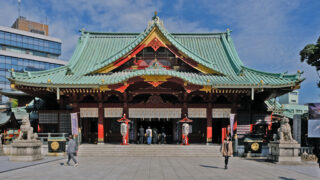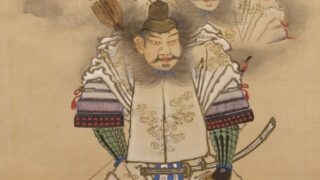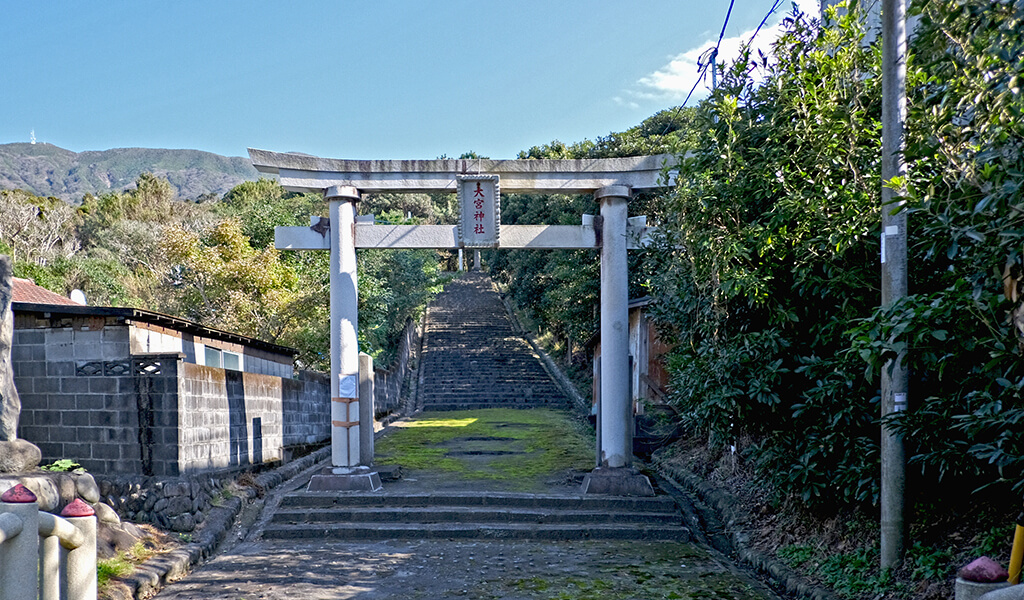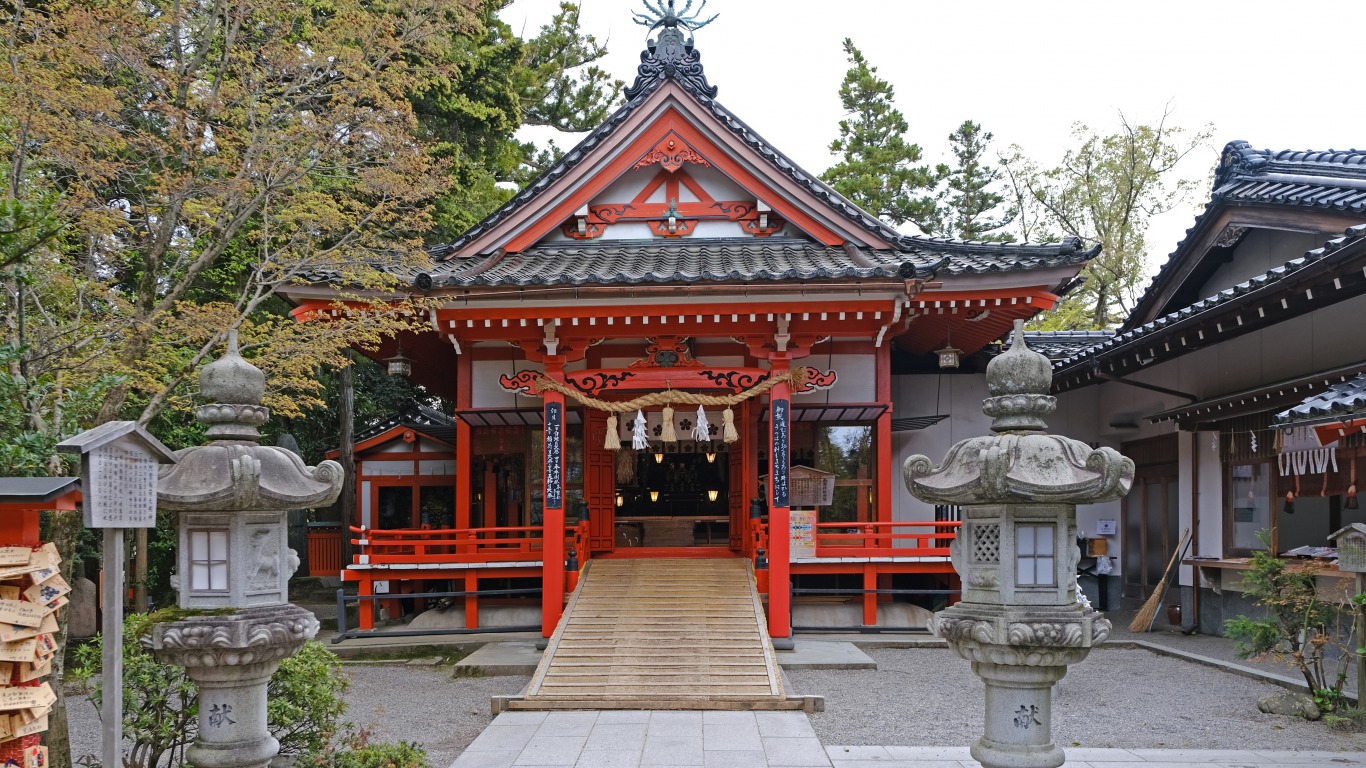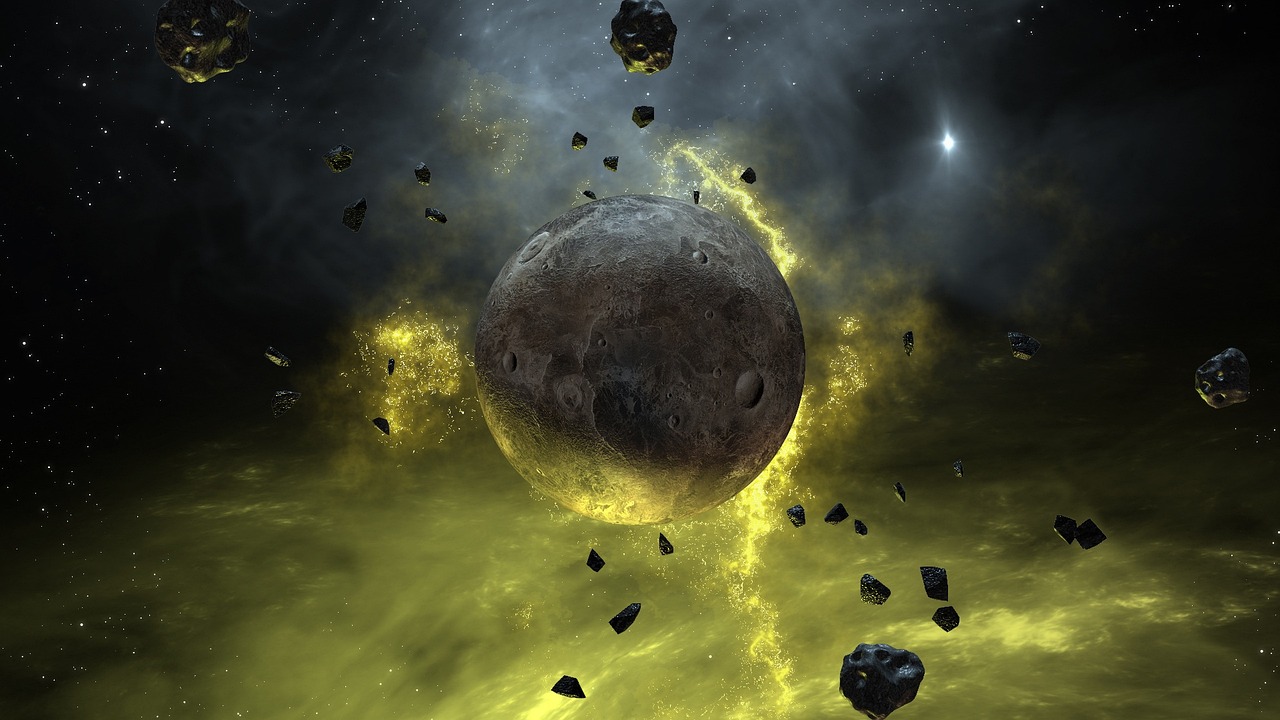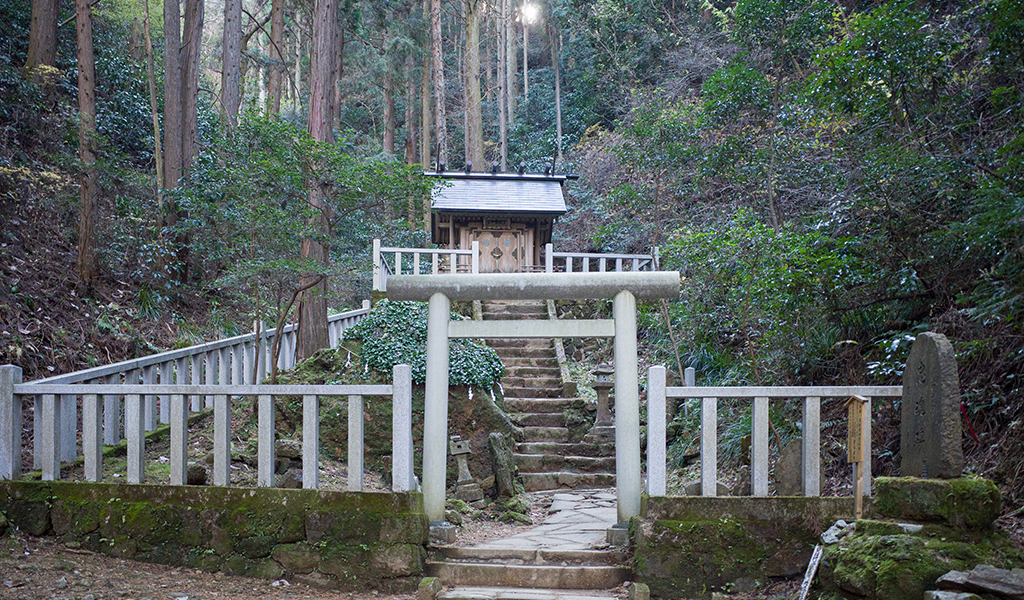鎧神社:平将門伝説と武神の足跡、都会の静寂に佇む歴史と癒しのパワースポット
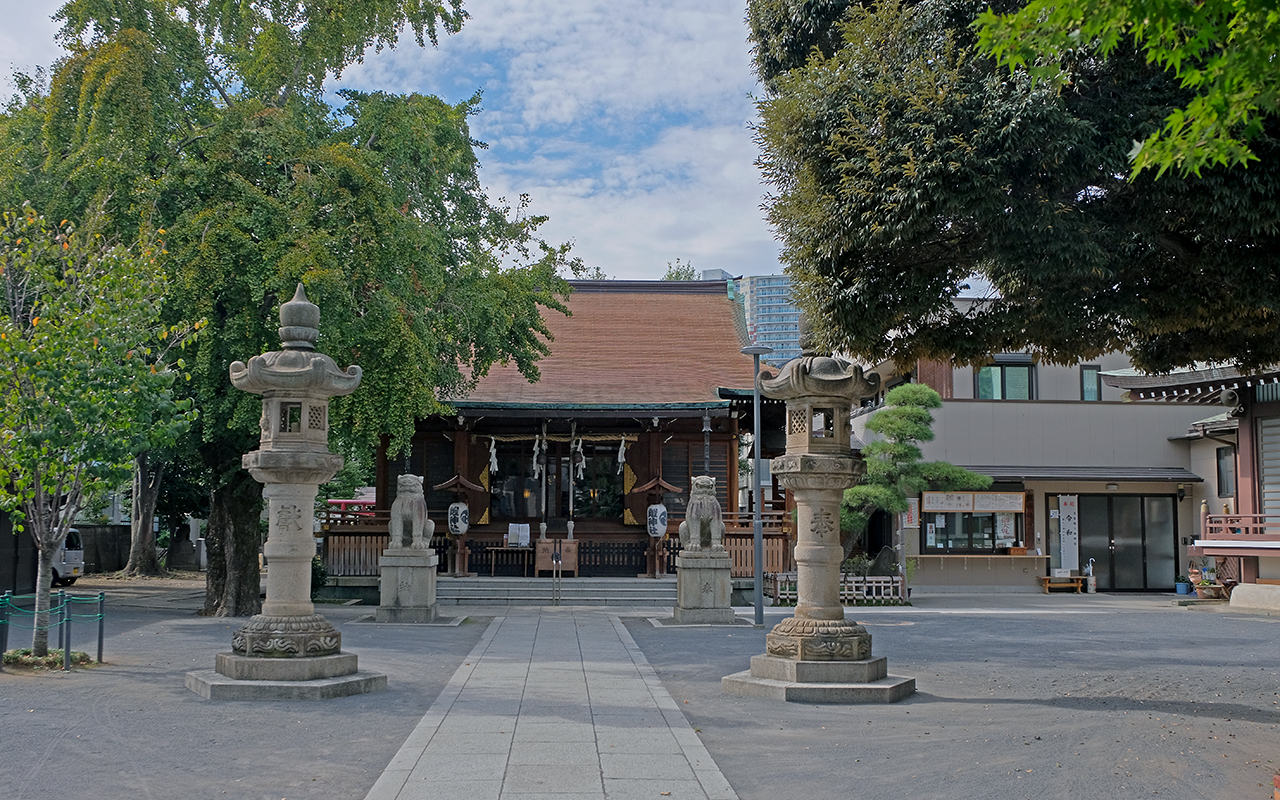
Located in Kita-Shinjuku, Shinjuku-ku, the Armor Shrine has a history of about 1,100 years since its founding, and is a venerable shrine dedicated to Japan Takeson, who is famous as the god of war, Sugawara Michishin, the god of learning, and Prince Taira Shomon, who advocated supremacy in the Kanto region. Although it is conveniently located within walking distance of JR Okubo Station or Higashi-Nakano Station on the JR Toei Oedo Line, the precincts are quiet and filled with a calm atmosphere that envelops visitors.
- 1 Armor Shrine, where history and legend come to life, the forest of the shrine related to Prince Heishomon
- 1.0.1 Faith that has continued continuously since the history of its founding and the time of Shinto and Buddhist practice
- 1.0.2 A sacred place engraved with the footprints of the legend of Japan warriors and warriors
- 1.0.3 The place of requiem where the legend of Prince Heishomon and the soul of the hero sleeps
- 1.0.4 The god of festivals, the god of war, the god of land management, and heroes
- 1.0.5 Setsha Tenjinja - A place of learning watched over by the god of learning
- 1.0.6 Komainu-type Koshin Pagoda, a valuable cultural property that conveys the rural culture of the Edo period to the present
- 1.0.7 Honoring God with a heart of worship and sincerity
- 1.0.8 The place where the armor of Enshoji and Lord Shomon is said to have been stored
Armor Shrine, where history and legend come to life, the forest of the shrine related to Prince Heishomon
The charm of the Armor Shrine is not limited to its value as a mere historical building. Since ancient times, there has been a legend that the Japan warrior delivered his armor during the Eastern Conquest, and that the armor of Prince Taira Shomon was buried. These stories are what make the Armor Shrine so special.
Faith that has continued continuously since the history of its founding and the time of Shinto and Buddhist practice
The founding of the Armor Shrine dates back to the time of Emperor Daigo (898~929). It is said that it was built to protect the demon gate of a temple called Enshoji at that time. Enshoji Temple is said to have originated when a Buddhist monk in Tsukuba, a disciple of Rigen Daishi, enshrined a statue of Yakushi Nyorai, which is said to be Gyokisaku.
At that time, society was in the era of Shinto and Buddhist practice, and shrines and temples were closely related. The Armor Shrine, which was built to protect the demon gate of Enshoji, also follows this trend. In other words, the Armor Shrine is a shrine with a unique historical background that combines Buddhist and Shinto beliefs.
A sacred place engraved with the footprints of the legend of Japan warriors and warriors
Even before the founding of the Armor Shrine, a legend was passed down in this area. It is said that when Japan Takemei, who is famous as the god of war, went to pacify the eastern country by order of the emperor, he stored six armors in this area.
Japan Takeson is a prince who was sent to pacify the Eastern Provinces at the behest of his father, Emperor Kageyuki. As a brave and resourceful warlord, he fought numerous battles in various places and contributed greatly to the pacification of the eastern provinces. Legend on the Armor Shrine suggests that Japan Takeshi stopped at this place on his way to the East and deposited his armor. It can be said that this legend strengthens the character of the Armor Shrine as a sacred place dedicated to the warrior gods.
The place of requiem where the legend of Prince Heishomon and the soul of the hero sleeps
An indispensable part of talking about the Armor Shrine is the existence of Prince Taira Shomon. In the third year of Tenkei (940), Prince Taira Shomon, who had been a powerful ruler in the Kanto region, was defeated by Fujiwara Hidesato. Upon hearing this news, the local people mourned the death of Prince Shomon, and it is said that in the first year of the Celestial Calendar (947), the armor of Prince Shomon was also buried here.
Prince Taira was a warlord who expanded his power in the Kanto region during the mid-Heian period. He called himself the "New Emperor" because he established his own political system and showed a stance against the imperial court. However, he was defeated by the forces of Fujiwara Hidesato and others, and his head was exposed in Kyoto.
After the death of Lord Shomon, the belief spread in the Kanto region to appease his grudge. The legend of the Armor Shrine tells that the people who mourned the death of Lord Shomon buried his armor and requisitioned his soul. In addition, according to one theory, Fujiwara Hidesato, who became seriously ill after defeating Lord Shomon, feared that the spirit of Lord Shomon was worshipped, so he visited Enshoji Temple, where Yakushi Nyorai was the main shrine, buried Lord Shomon's armor, built a shrine to mourn his spirit, and was immediately cured of his illness.
It can be said that these legends strengthen the character of the Armor Shrine as a place of requiem where the soul of Lord Shomon rests.
The god of festivals, the god of war, the god of land management, and heroes
The deities of the armor shrine are Japan Takemei, Ōki Takami, Shohiko Meimei, and Taira Shomon Gong.
- He is a prince famous as a warrior god of Japan, and a hero who is skilled in valor and intelligence. He contributed to the pacification of the Eastern Province and contributed to the development of the country.
- Ōki Noble Life ) ・ Known as the god of land management, he was instrumental in the development of the land and the spread of agriculture. It is also worshipped as the god of marriage.
- Sukuna Hikono no Mikoto ) ・ He is a god who was involved in the management of the country with Omi Takami, and is worshipped as a god of medicine, sake brewing, hot springs, etc.
- Taira no Masakado was a warlord who expanded his power in the Kanto region and established his own political system. He called himself the "New Emperor" because he showed a stance against the Imperial Court, but was defeated by Fujiwara Hidesato and others.
By enshrining these gods, the armor shrine has been worshipped by many people as a place to pray for good luck and longevity, peace of mind, healing of illness, and requiem for souls.
Setsha Tenjinja - A place of learning watched over by the god of learning
The Armor Shrine has a shrine dedicated to Sugawara Michishinko, the Tenjinja Shrine. Sugawara Michishinko is widely known as the god of learning, and many people visit him to pray for passing and academic achievement.
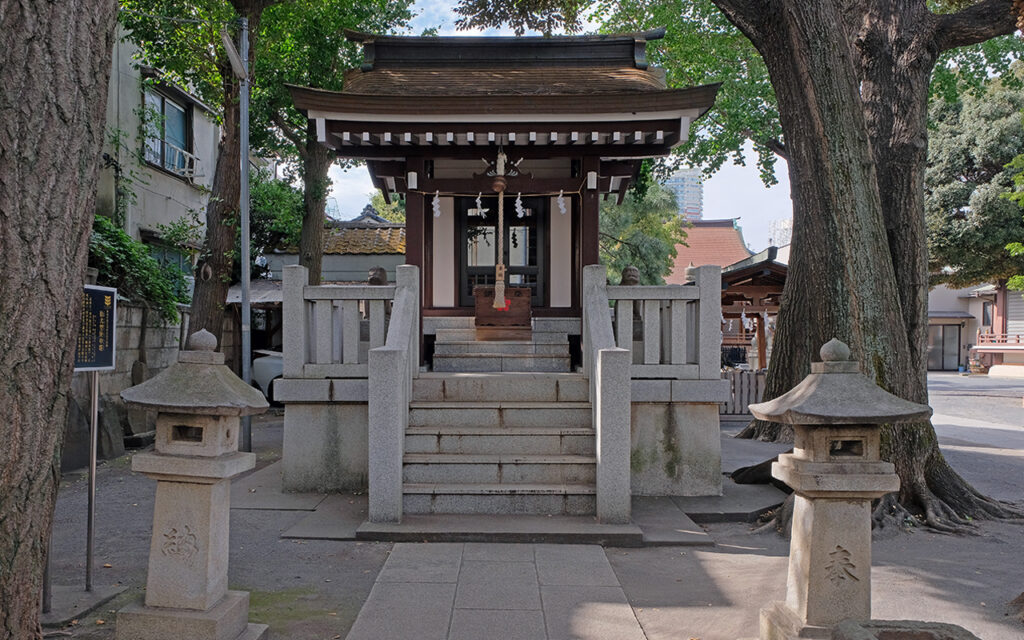
The shrine was originally located in Kashiwagi Kita Park and was moved to its current location in the middle of the Meiji era. Since it is the original shrine of Naruko Tenjin, it is also called Mototenjin. Every year on November 25th, the annual festival of Tenjinja is held.
Komainu-type Koshin Pagoda, a valuable cultural property that conveys the rural culture of the Edo period to the present
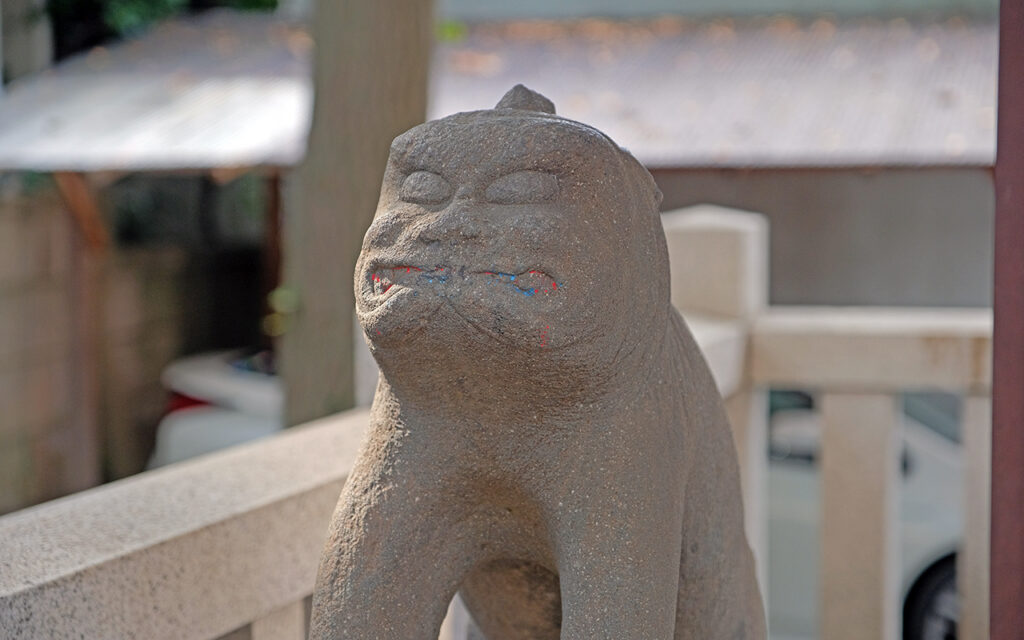
The komainu on both sides of the Tenjinja Shrine is a very rare komaninu-type Koshin pagoda in Japan. It was built in the 6th year of Kyoho (1721), and the right side is an Agata statue (male) and the left side is a screaming statue (female).
The Gyoshin Pagoda is a stone pagoda built based on the belief in the Gyoshin Pagoda, and was built for the purpose of praying for people's disease-free lives and a bountiful harvest of five grains. The Komainu-shaped Koshin Pagoda is a valuable document that conveys the rural culture of the Edo period to the present day, and has been designated as a designated tangible folk cultural property of Shinjuku City.
Honoring God with a heart of worship and sincerity
The Armor Shrine explains the visit to the gods as follows.
- "Sincerity is the will of God, so if you worship with sincerity, you will receive God's blessing."
- "God increases his power by the reverence of man, and man gains luck by the virtue of God."
These words show the importance of honoring God with a sincere heart. It is said that by being respected by the people, the Great God becomes spiritually renewed and increases its power. It is also said that by respecting the Great God with modesty and sincerity, the Great God will give them good luck and opening the way.
The place where the armor of Enshoji and Lord Shomon is said to have been stored
Adjacent to the Armor Shrine is Enshoji Temple. Enshoji Temple is a temple that has been with the armor shrine since its founding, and is said to be the place where the armor of Lord Shomon was stored.
Enshoji Temple is dedicated to Yakushi Nyorai, and many people visit it to pray for healing and health. The Armor Shrine and Enshoji Temple complement each other and have long been popular as centers of worship for the local people.
A space that gives peace and healing to visitors
The Armor Shrine is a shrine that is very old and has been revered by people for a long time. In the precincts, a gentle air flows as if enveloping, and a pleasant breeze blows.
By immersing themselves in the space, visitors to the shrine can forget the hustle and bustle of everyday life and gain peace and healing. In addition, by experiencing the history and legends of the shrine, you can deepen your understanding of Japan culture and history.
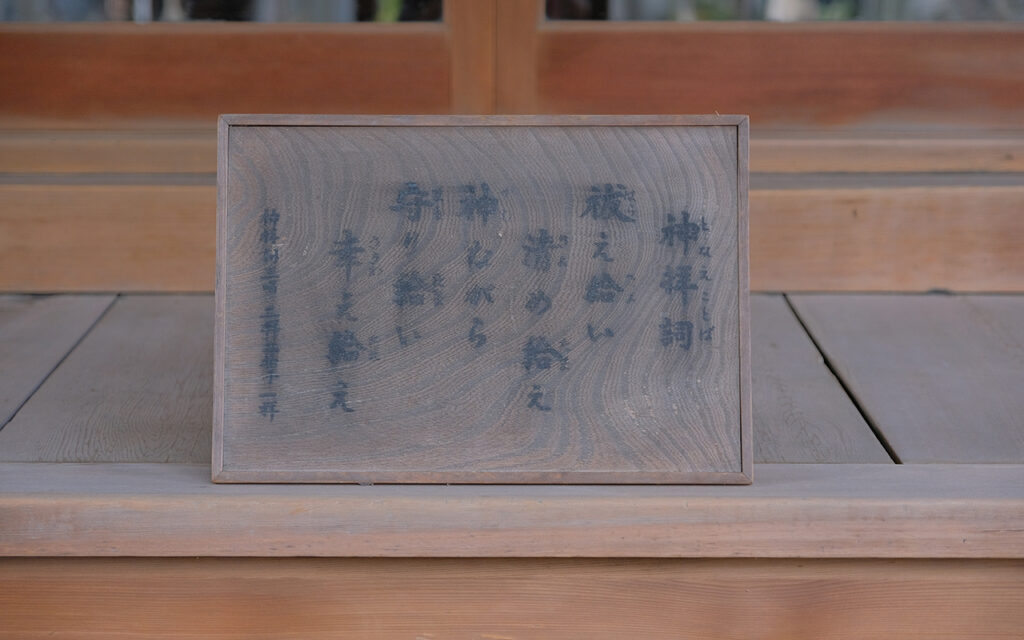
A shrine so wonderful that you want to thank Lord Shomon for bringing you together
The Armor Shrine is known to many people as a shrine associated with Prince Taira Shomon. It is recommended not only for those who are interested in the legend of Lord Shomon, but also for those who are interested in history and culture, and those who want to heal their hearts in a quiet space.
Visiting the Armor Shrine will surely give you a special experience. Please come and visit us.

Access to the Armor Shrine
- 11 minutes walk from JR Okubo Station
- 14 minutes walk from Higashi-Nakano Station on the JR Toei Oedo Line

Opening Hours
Although it is not specifically stipulated, try to avoid visiting after sunset.
What's nearby
The area around the Armor Shrine is full of restaurants and commercial facilities. After visiting the temple, it is also recommended to enjoy a meal or shopping.
Summary
Armor Shrine is a shrine that combines history, legend, cultural treasure, and charm as a power spot. When you come to Tokyo, please visit once.
